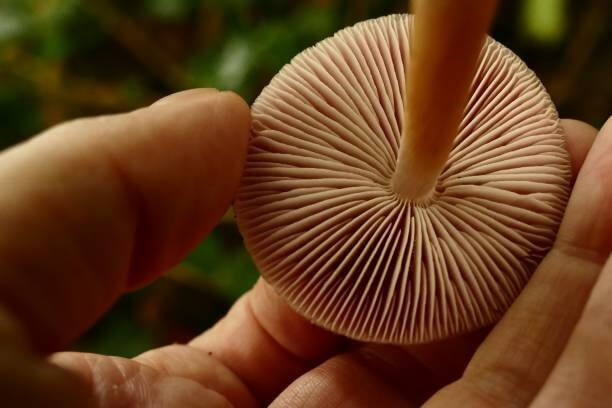Handbook on how to clone mushrooms
Mushroom growing does not require too many efforts or space if required in small quantities. However, if you plan to become a professional breeder and seller, you must acquire a field first and then magnify the cloning process. Remember that the cloning process’s success rate is about 90% depending upon experience. Therefore, it is advisable to prepare multiple grafts for cloning to get the desired output. Here is the complete guide on how to clone mushrooms successfully.
History of cloning mushrooms
Mushroom cultivation started somewhere in the 1950s when growers used wheat substrate as the cloning medium. The initial methods were somewhat crude but worked fine. These included collecting soil believed to have lots of mushrooms’ spores and stems and transferring them into fertilizer-enriched soils having human-grown manure. Further, regular watering was done to keep the growing surface moist, and, time-to-time, the soil was turned to ensure ample ventilation. In about three weeks, the whole of the area was packed with mushrooms.
Modern methods of cloning mushrooms
Cloning of mushrooms is an asexual process. The method is quite similar to the grafting method applied to grow the rose plants. A small portion of the flesh of the near-ground portion of the
mushroom plant’s stem is taken off with a sterilized scalpel and put in the Petri dish. The culture is developed by keeping it in a dark area, which is moist and well- ventilated. After about seven days, if the culturing is done right, the mycelium starts germinating. It is then transferred to the area designated for cloning mushrooms. Within a month, the propagation can be seen.
Stages of mushroom cloning
The method explained above briefly sums up how mushroom cloning is done. For a more precise understanding, mushroom cloning or cultivation is divided into three distinct stages:
- Germination
- Isolation or expansion
- Fruiting

The isolation process follows the germination. In isolation, the agar medium’s culture is isolated and transferred to a secondary medium, which is mostly a sterilized whole-grain kept in a mason jar. The mason jar is chosen as per the height the isolated strain is expected to achieve. Isolation is done to help mycelium expand and attain the form. The jar is occasionally shaken, which facilitates colonization. The colonized grain parts are taken into different jars to enable further expansion of the mycelium. The material in this stage is termed as ‘spawn.’
The process of fruiting follows isolation. The spawn expands and grows in colonies and attains a considerable mass. It is again transferred to the final substrate called a fruiting substrate. There are various varieties of fruiting substrates, and each gives rise to a particular species of mushroom. For example, Psilocybe cubensis is generated from wheat straw or cow manure, or wheat grain. Another species of Psilocybe grows on a wooden substrate.
In the fruiting stage, favorable conditions for growth are created. The fungal culture in this stage is covered with a moist and aerated layer, preferably peat moss. It results in the growth of mushroom where the primordia appear first. This primordium further grows into a mushroom, which is enlarged and is ready to be taken out. A full-grown mushroom marks the completion of the fruiting stage.
The sterile technique of cloning mushroom
Mushrooms grow uncontrollably, but their growth can be marred if some bacteria start developing in culture. These bacteria start competing for nutrition and mess up the growth of fungi or mushrooms. That is why a completely sterile apparatus and the disinfected workplace is ensured first. It is achieved by autoclaving, which is maintaining high pressure and high-temperature conditions in a pressure cooker. This activity eliminates all possibilities of growth of any infectant or microorganism that can deter culture quality.
All these methods comprising sterilization of the apparatus and workplace and autoclaving are parts of aseptic or sterile culture techniques.
Mushrooms can be quickly grown, but all processes require practice and experience. So, make a note of all the fallacies committed if you fail at first few attempts. With a consistent approach and practice, you can master all the techniques explained above.

Leave a Comment
1 Comment
This is good cloning info, it’s the easiest way and the right way. don’t forget to sterilize those sleeves on your box too, and I always spray down the surrounding air in a mist to knock down any particles and contaminants because you don’t want a single impurity messing with your mushroom culture.